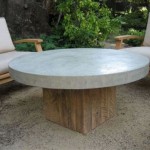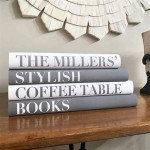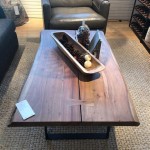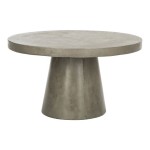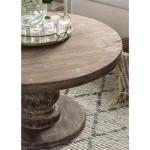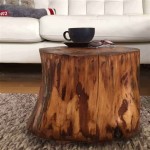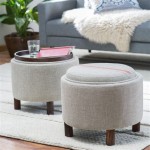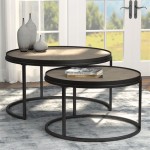3 Types of Table Set Up
Table settings are an essential part of any meal, whether it's a formal dinner party, a casual family gathering, or a simple everyday lunch. The way a table is set can significantly impact the dining experience, creating an ambiance that complements the occasion. There are various table setting styles, each with its own unique elements and protocols. Understanding the different types of table setup can help you create a welcoming and aesthetically pleasing dining environment for your guests.
Formal Table Setting
A formal table setting is characterized by its elegance and attention to detail. It is typically used for special occasions such as weddings, gala dinners, and other formal events. The key elements of a formal table setting include:
- Dinner Plate: The dinner plate is the largest plate and serves as the base for the rest of the courses.
- Salad Plate: A smaller plate placed on top of the dinner plate to serve salad.
- Bread and Butter Plate: A small plate placed to the left of the dinner plate for bread and butter.
- Soup Bowl: If soup is served, a soup bowl is placed on top of the dinner plate.
- Fish Fork: Placed to the left of the dinner fork, this fork is used for eating fish.
- Dinner Fork: The largest fork, placed to the left of the dinner plate.
- Salad Fork: A smaller fork placed to the left of the fish fork, used for eating salad.
- Dinner Knife: Placed to the right of the dinner plate, blade facing the plate.
- Fish Knife: Placed to the right of the dinner knife, blade facing the plate.
- Soup Spoon: Placed to the right of the fish knife, if soup is served.
- Tea/Coffee Spoon: Placed above the dinner plate, parallel to the table edge.
- Water Goblet: Placed to the right of the dinner knife.
- Wine Glass: Placed to the right of the water goblet, depending on the type of wine served.
- Napkin: Placed on the dinner plate, folded in a decorative manner.
The placement of each piece is precise, with the forks on the left, knives on the right, and the glasses and spoons above the plate. Formal table settings prioritize symmetry and elegance, creating a sophisticated dining experience.
Informal Table Setting
Informal table settings are more relaxed and casual than formal settings. They are suitable for everyday meals, family dinners, and gatherings with friends. The key elements of an informal table setting include:
- Dinner Plate: The foundation of the setting, usually with a placemat underneath for added protection.
- Napkin: Placed to the left of the dinner plate or on top of it.
- Cutlery: Typically includes a dinner fork and knife, with a spoon placed above the plate if soup is served.
- Glasses: A water glass is usually placed to the right of the dinner knife. Additional glasses for wine or other beverages can be added as needed.
Informal settings prioritize comfort and practicality. They may omit some of the more intricate elements of formal settings, such as salad plates, fish forks, and multiple wine glasses. The arrangement of the cutlery and glasses can be more flexible, reflecting the casual nature of the occasion.
Buffet Table Setting
Buffet table settings are designed for self-service meals, where guests choose their food from a selection of dishes presented on a table. The key elements of a buffet table setting include:
- Serving Dishes: A variety of serving dishes are used to present the food, such as platters, bowls, and tureens.
- Utensils: Serving utensils are provided for each dish, such as spoons, forks, tongs, and spatulas.
- Napkin Holders: Napkin holders are placed throughout the buffet table to allow guests to easily access napkins.
- Plates: A stack of plates is placed at the beginning of the buffet line for guests to choose from.
- Beverage Station: A separate area with glasses, ice, and beverages is typically set up alongside the buffet table.
Buffet settings focus on practicality and convenience. The arrangement of the food and utensils should make it easy for guests to serve themselves. The use of eye-catching platters and attractive presentation can enhance the visual appeal of the buffet.

Table Setting Diagrams Formal Fine Casual More Set Ups

Table Setting Diagrams Formal Fine Casual More Set Ups

Table Setting Diagrams Formal Fine Casual More Set Ups

The Three Types Of Table Settings Everyone Should Know Jes

The Three Types Of Table Settings Everyone Should Know Jes

5 Types Of Restaurant Table Setting Every Owner Must Know

The Three Types Of Table Settings Everyone Should Know Jes

Proper Table Setting 101 Everything You Need To Know Emily Post

Mastering French Table Manners
Place Setting
Related Posts

